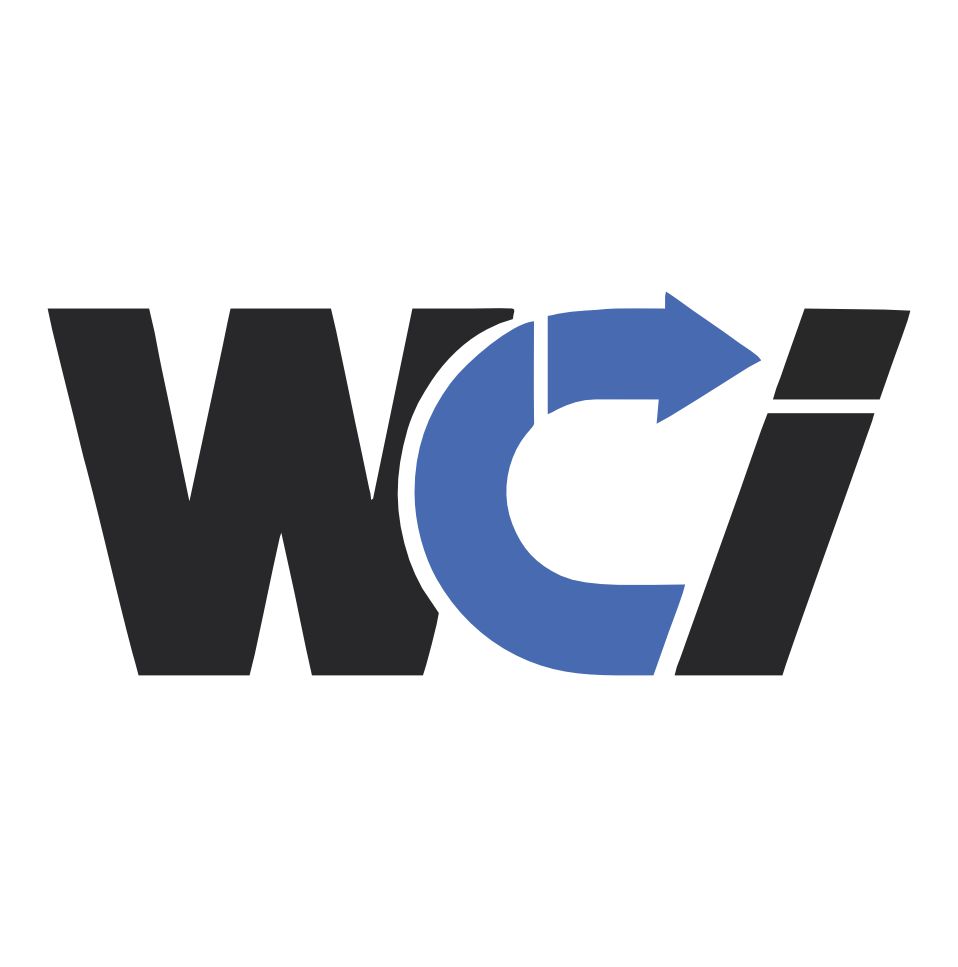HUMAN WEALTH CREATION INDEX
Manage Investment in Communities, Measure the Human Return





The Human Wealth Creation Index is a comprehensive AWS data analytics tool that visually validates the impact and assesses and records the impact of corporate investments in sustainability projects – while emphasising transparent communication through traceable data, surveys, and visuals such as short films, videos and interviews.
The Index records meaningful communication and continuous feedback from beneficiaries, suppliers, students, employees, and communities, which is essential for accountability, optimising costs and challenging current CSR/ESG measurement practices.
“Wealth Creation” goes beyond sustainable reporting – to transform sustainable wealth creation in the mining, industrial and investment sectors with multi-stakeholder communication and continuous feedback beyond the funding stage, optimises risk management and drives long-term performance improvement.





The “People” domain gauges corporate social impact on communities, especially Indigenous, youth and marginalised groups. Data-sharing transparency empowers stakeholders to engage in outcome-driven wealth, emphasising commitments to fair jobs, skill-building, cultural preservation, and community well-being.

Skills Development & Training involves targeted educational programmes to equip community members, employees, and suppliers with relevant skills and knowledge. These programmes focus on technical, vocational, and professional skills that meet industry standards, fostering capability and confidence across stakeholders. The objective is to create a meaningful societal impact by enhancing employability, promoting career growth, and supporting economic empowerment, leading to sustainable, meaningful employment.

Movement in Management refers to initiatives and policies to increase the representation of marginalised individuals—such as Indigenous, ethnic, and disadvantaged people—in management roles. The goal is to demonstrate and foster a diverse leadership that reflects the target stakeholders impacted by corporate human resource activities, driving social equity, empowering marginalised groups, and ensuring meaningful management representation that benefits society and the industry.

Safety in the Workplace, at Home, and in Class displays the safety practices and educational programmes aimed at protecting marginalised individuals—across all environments where they interact with industry. This includes measuring safety protocols in the workplace, promoting safe practices at home, and fostering secure, inclusive learning spaces within educational institutions. The focus is on creating a culture of safety that addresses the challenges faced by these groups, ensuring physical and psychological well-being, and empowering individuals to thrive in safe, supportive environments.

Presence on-site, Fly-In/Fly-Out, or Virtual refers to flexible work arrangements for stakeholders such as suppliers, employees, managers, consultants, and contractors. Presence on site involves physically working at a location, typically for those whose roles require direct, firsthand involvement.

The “Business” domain drives sustainable growth by highlighting the global mining, industrial and investment sector’s investments in local procurement and content, infrastructure, and environmental restoration. It fosters transparency and accountability, connecting stakeholders to assess local sourcing, support for local industries, and ecosystem protection, showcasing the industry’s commitment to strong local economies and long-term community value.

Procuring from Local Suppliers by the mining, industrial and investment sectors emphasise sourcing goods and services from country and regional-based and/ or community-based businesses, particularly those owned or controlled by marginalised individuals, including local Indigenous, ethnic, and disadvantaged people. This approach aims to strengthen the local economy, support minority-owned businesses, and foster sustainable development within surrounding communities. By prioritising these suppliers, both the community and corporates can validate and demonstrate the impact of their contribution to economic empowerment, create job opportunities, and promote inclusivity.

Procurement of local content involves sourcing tools, spare parts, machinery (such as yellow equipment), and systems manufactured within the country where they will be used. This approach prioritises procuring equipment from local manufacturers based in the country, region, state, or province, especially those that support or are partially or wholly owned and controlled by the target Group. By procuring domestically sourced material, labour and produced equipment, corporations contribute to local industrial growth, support economic empowerment, and enhance the involvement of local content in the supply chain, fostering inclusive and sustainable development.

Investments for the development of manufacturing plants, refurbishment centres, remanufacturing facilities, distribution and service centres drive economic growth and job creation in nearby communities. These initiatives support local supply chains, enhance skills development, and provide sustainable employment opportunities. The outcomes include increased industrial capacity, community empowerment, and reduced dependence on external resources, fostering economic resilience and long-term development.

Solar energy, clean water and air initiatives, waste reduction, and recycling significantly enhance the sustainability and well-being of nearby communities. These initiatives reduce environmental degradation, promote renewable energy adoption, and improve access to clean resources, fostering healthier living conditions. The outcomes include a lower carbon footprint, improved community resilience, and long-term environmental stewardship.





The “Community” domain in the Human Wealth Creation Index drives inclusive development by spotlighting mining industry investments in education, sports, healthcare, and welfare initiatives aimed at Indigenous, disadvantaged, and marginalized groups. Through clear, two-way communication of data and relationships, this domain reveals measurable social outcomes, demonstrating how these initiatives create wealth and enhance quality of life for community members. It promotes transparency and accountability, ensuring that mining contributions lead to sustainable, visible benefits, fostering social equity, empowerment, and community resilience.

Community Education Organizations (i.e., NPO’s and NGO’s) focus on the collaboration between the corporate sector and local educational bodies to enhance learning, skills, and training opportunities for community members. This enables transparent, two-way communication of educational data and relationships among stakeholders—students, beneficiaries, sports participants, local employees and welfare and healthcare providers.

Is demonstrating the impact of the partnership with local welfare groups (I.e: NPO’s, NGO’s), to support programmes like feeding schemes, youth empowerment and assistance for disabled or elderly individuals. It enables visual, two-way communication of welfare data and tracks relationships between stakeholders and welfare providers.

Highlight the impact of corporate support of vital health programmes, including HIV/AIDS, TB, silicosis, and stress management. This sub-domain enables visual, two-way communication of healthcare data and tracks relationships among stakeholders. By highlighting the key health challenges affecting communities, this initiative promotes health equity, supports preventive care, and enhances the overall well-being of individuals.

Sports development within nearby communities promotes youth engagement, talent development, and community cohesion, offering positive outlets that reduce social challenges such as unemployment and crime. By improving access to sports facilities, training programmes, and events, these investments also enhance physical health, mental well-being, and opportunities for future professional careers.

Investments in community infrastructure significantly enhance the quality of life for communities. These initiatives improve access to essential services such as clean water, sanitation, roads, schools, and healthcare facilities, fostering social and economic development.

Demonstrate the preserving and promoting indigenous and heritage sites with the objective to protect cultural identity and history, fostering pride and continuity for local communities. These initiatives ensure the safeguarding of sacred lands, traditional knowledge, and practices, while also promoting cultural tourism and economic opportunities.









Our impact metrics focus on meaningful, measurable outcomes for diverse stakeholders, covering:
- Youth: Empowering young people and fostering the next generation of industry leaders.
- Gender: Advancing gender equality to close gender gaps in industry.
- Locality: Prioritizing local communities to strengthen economic ties and promote regional growth.
- Living with Disability: Value the contributions of individuals with disabilities.
- Historically Disadvantaged / Indigenous / Ethnic Groups: Addressing historical inequalities through economic inclusion and long-term empowerment.
Locality: Measures the engagement and economic support provided by the global mining, industrial and investment sectors to local communities. It calculates hiring, procurement, and investment in local infrastructure, ensuring that the benefits of investments reach nearby communities. The impact is measured through job creation, local supplier development, and infrastructure improvements, highlighting successes in fostering local economies and areas where further investment can enhance community wealth.
Gender/Diversity: Measures the inclusion and representation of diverse gender identities within the workforce, community, and supply chain. It calculates progress in hiring practices, promotion rates, and development policies that support an equitable workplace, focusing on removing barriers for underrepresented groups.
Living with Disability: Measures the accessibility, accommodation, and support provided for employees and community members with disabilities. It assesses workforce inclusion, adaptive infrastructure, and supportive policies that empower individuals with physical and mental disabilities.
Youth: Measures the opportunities for young people, including training, internships, apprenticeships, and educational partnerships. It tracks and calculates engagement in youth programmes and career pathways, supporting skills development and early career growth. The impact is reflected in youth employment, educational attainment, and skills development.
Indigenous/Disadvantaged/Ethnic: This metric measures the engagement with Indigenous, disadvantaged, and ethnically diverse groups, focusing on employment, training, community projects, and cultural preservation. It highlights the social and economic challenges and contributions of specific stakeholder groups, emphasising the importance of respectful partnerships and cultural sensitivity.


DATA
“Data Management” ensures the secure, organised, and efficient handling of vast data of the social and economic impact of investments by major corporations over a period of time, beyond the funding stage. This service empowers stakeholders—students, beneficiaries, local suppliers, employees, NGOs, NPOs, and CSR providers—to access, trace, and analyse data seamlessly. Through robust data management, the Index supports transparency, protects personal and corporate data, provides integrity, and enables timely insights, helping stakeholders track progress, validate contributions, and foster accountability.
VALIDATION
“Validation” establishes a credible framework for verifying the authenticity and impact of contributions by corporations in communities. By enabling transparent, visual two-way communication, this service allows stakeholders to confirm the legitimacy and outcomes of initiatives. This validation process builds trust, promotes accountability, and ensures that reported investments in social and economic projects are genuinely benefiting communities, strengthening relationships between corporations and their stakeholders.


COMMUNICATION
“Communication” fosters open, visual, two-way exchanges between global and local corporations and community stakeholders. This service enhances transparency by sharing data on contributions, project impacts, and relationship networks. Streamlining information flow empowers stakeholders to engage meaningfully, voice concerns, celebrate successes, and collaboratively drive improvements, reinforcing trust and mutual understanding across the industry and communities it affects.
VISUALS
“Visuals” provide an impactful, graphic representation of data, relationships, and project outcomes. By offering clear, visual insights through short films, interviews and surveys, it enables stakeholders—students, beneficiaries, local suppliers, employees, NGOs, NPOs, CSR providers—to convey and easily understand complex data and the real-world impact of the mining, industrial and investment sectors.


TRACEABILITY
“Traceability” enables transparent tracking and verification of social and economic contributions across the value chain. By offering a visual, interactive platform for two-way communication, it allows stakeholders to trace the flow of resources and support. This feature enhances accountability, highlighting impacts, clarifying connections, and building trust among communities and corporates, while highlighting successful and challenging initiatives and areas for ongoing improvement.
The Human Wealth Creation Index (HWCI) follows a structured process that aligns mining, industrial, and investment corporations with communities, operations, and beneficiaries. Beginning with project setup and key metrics like diversity, locality and inclusion, it moves through data collection, analysis, and reporting. This transparent flow enables real-time tracking and engagement, fostering mutual accountability, continuous improvement, and visible impact across stakeholders.
BENEFITS
The Tracing and tracking functionality of the WCI will save mines/OEM costs by promoting transparency, efficiency, and accountability by:











